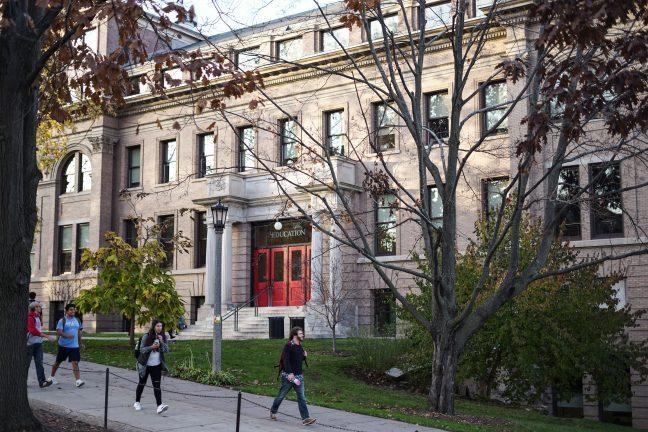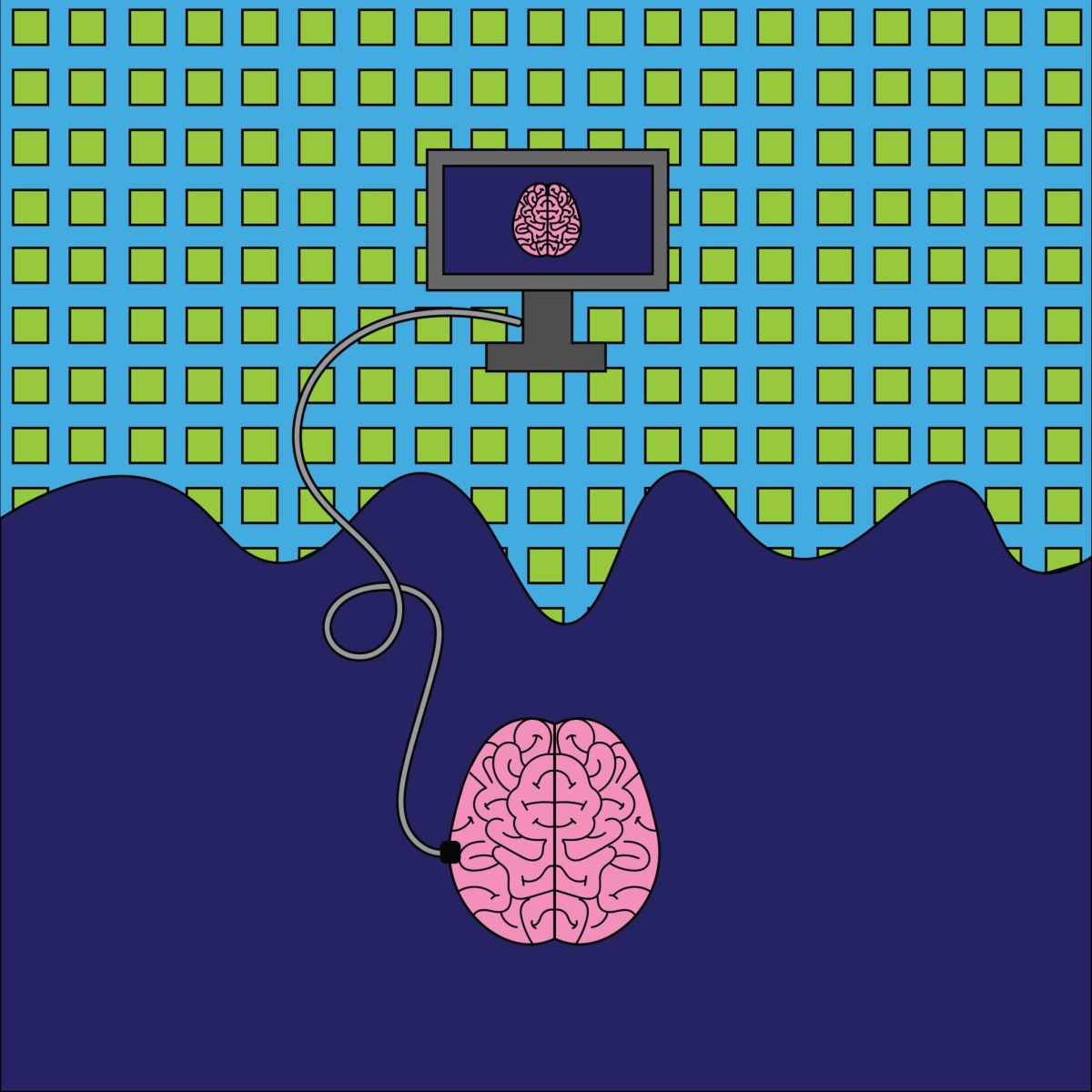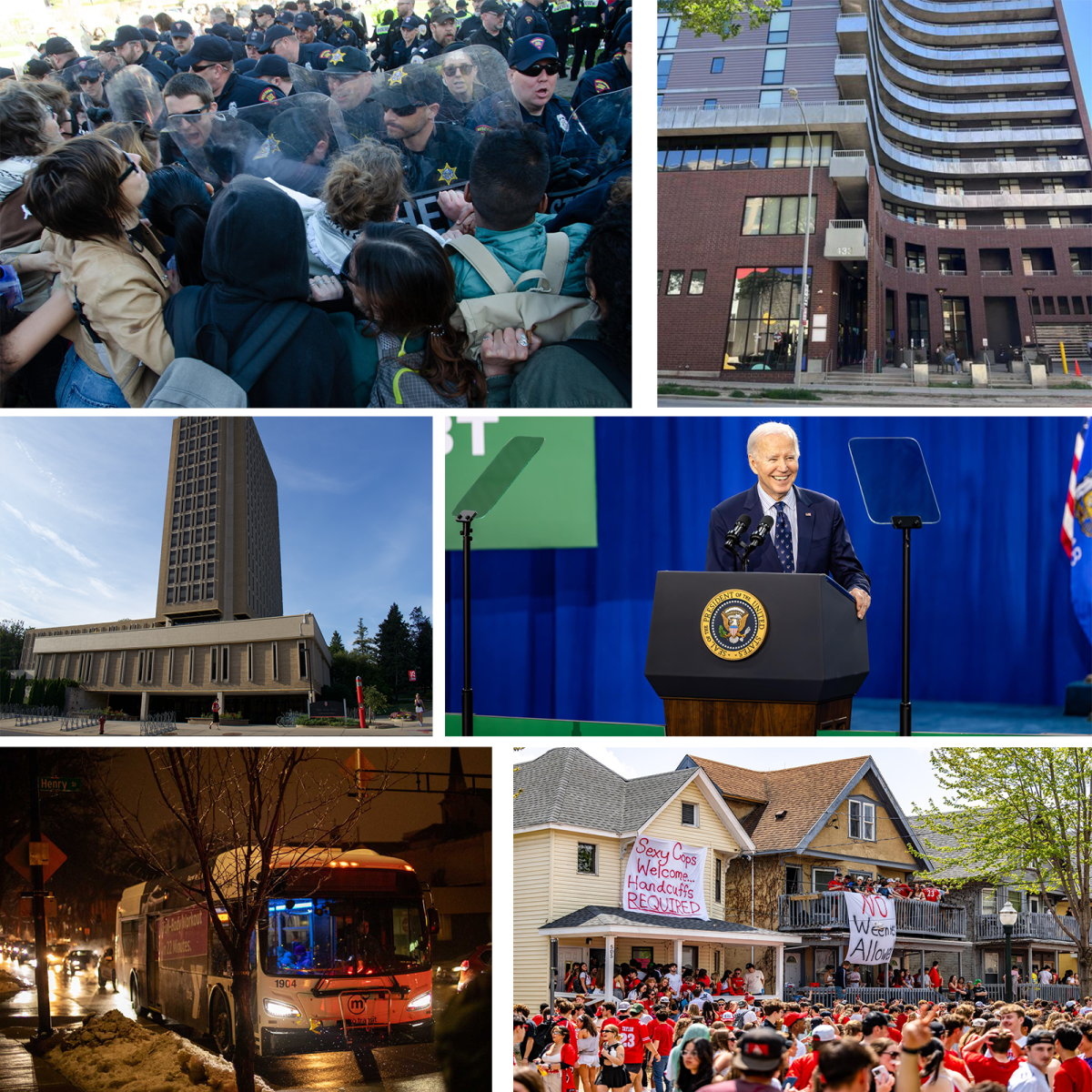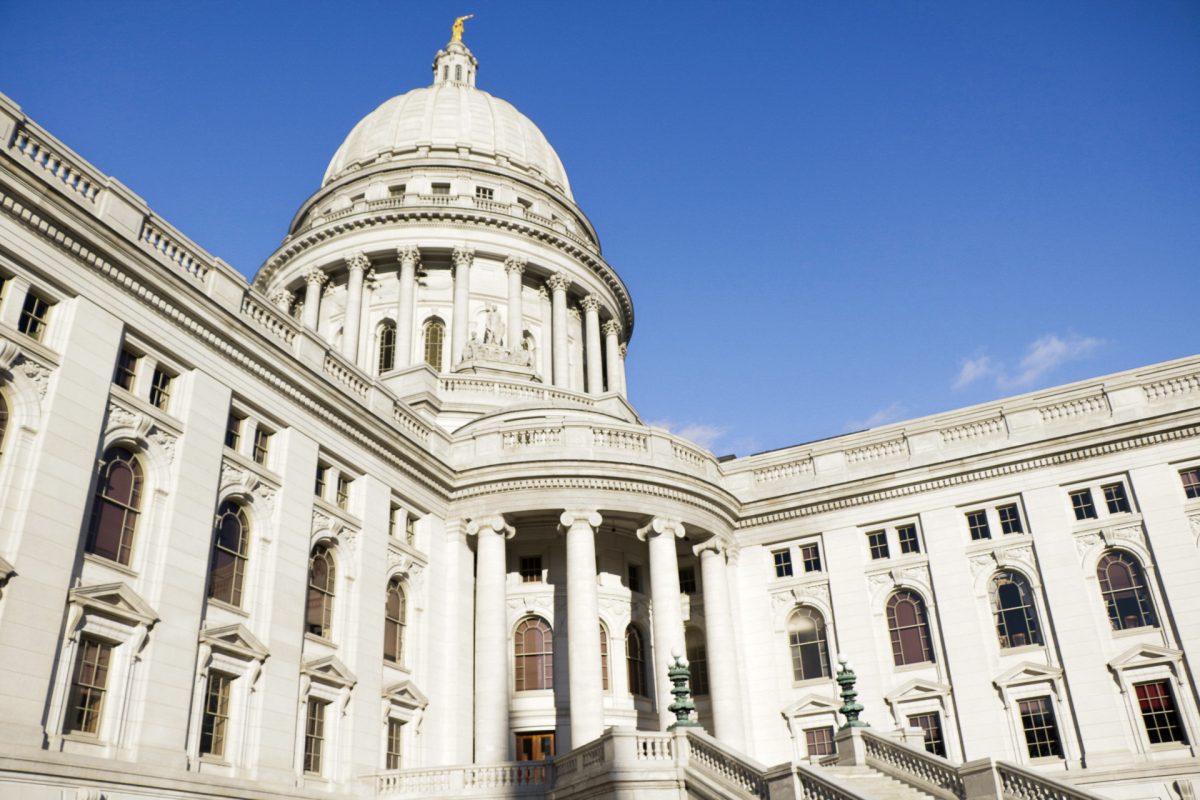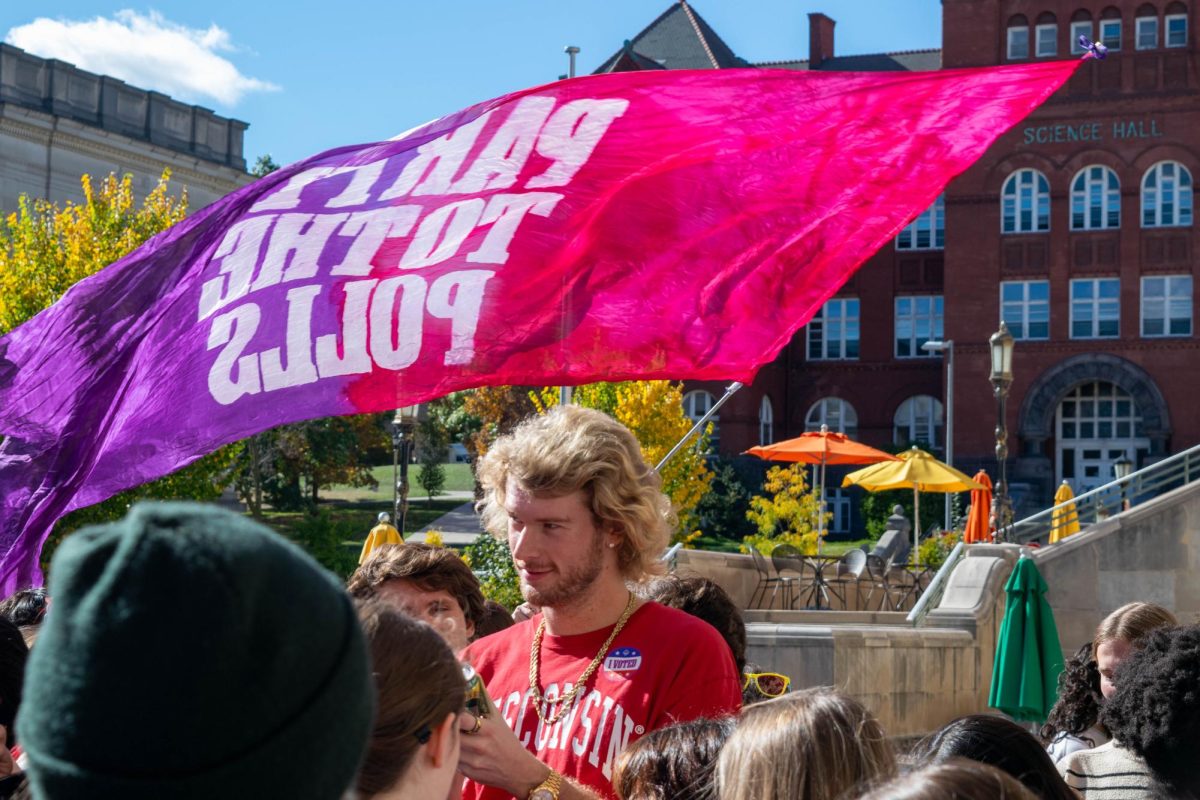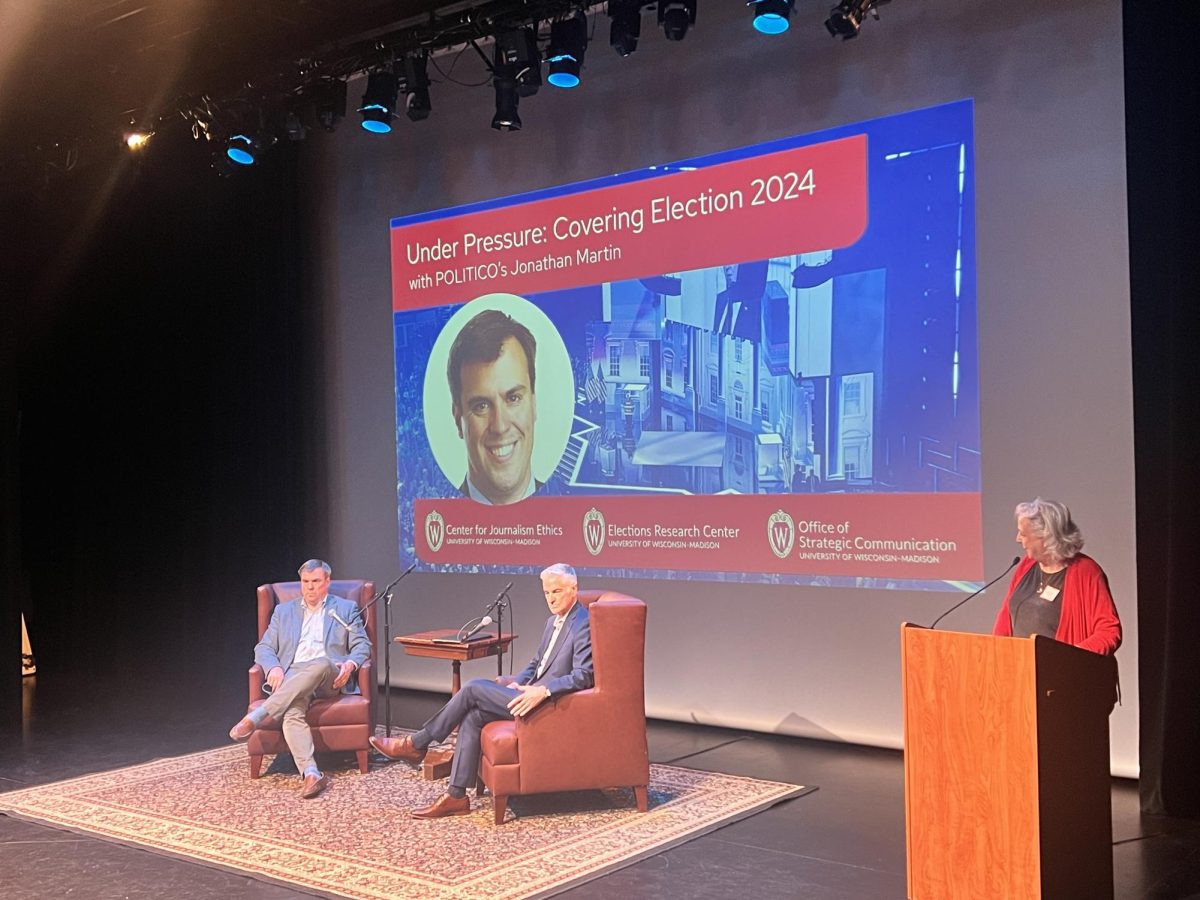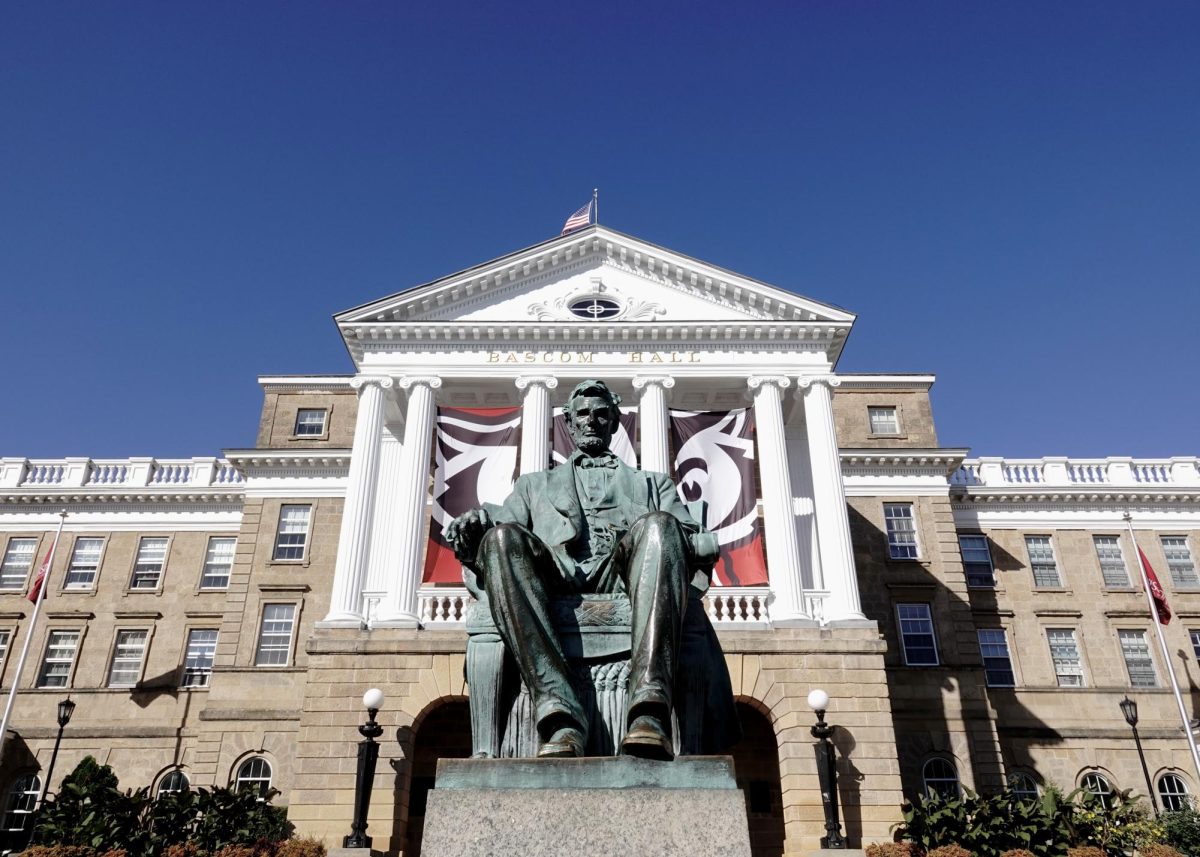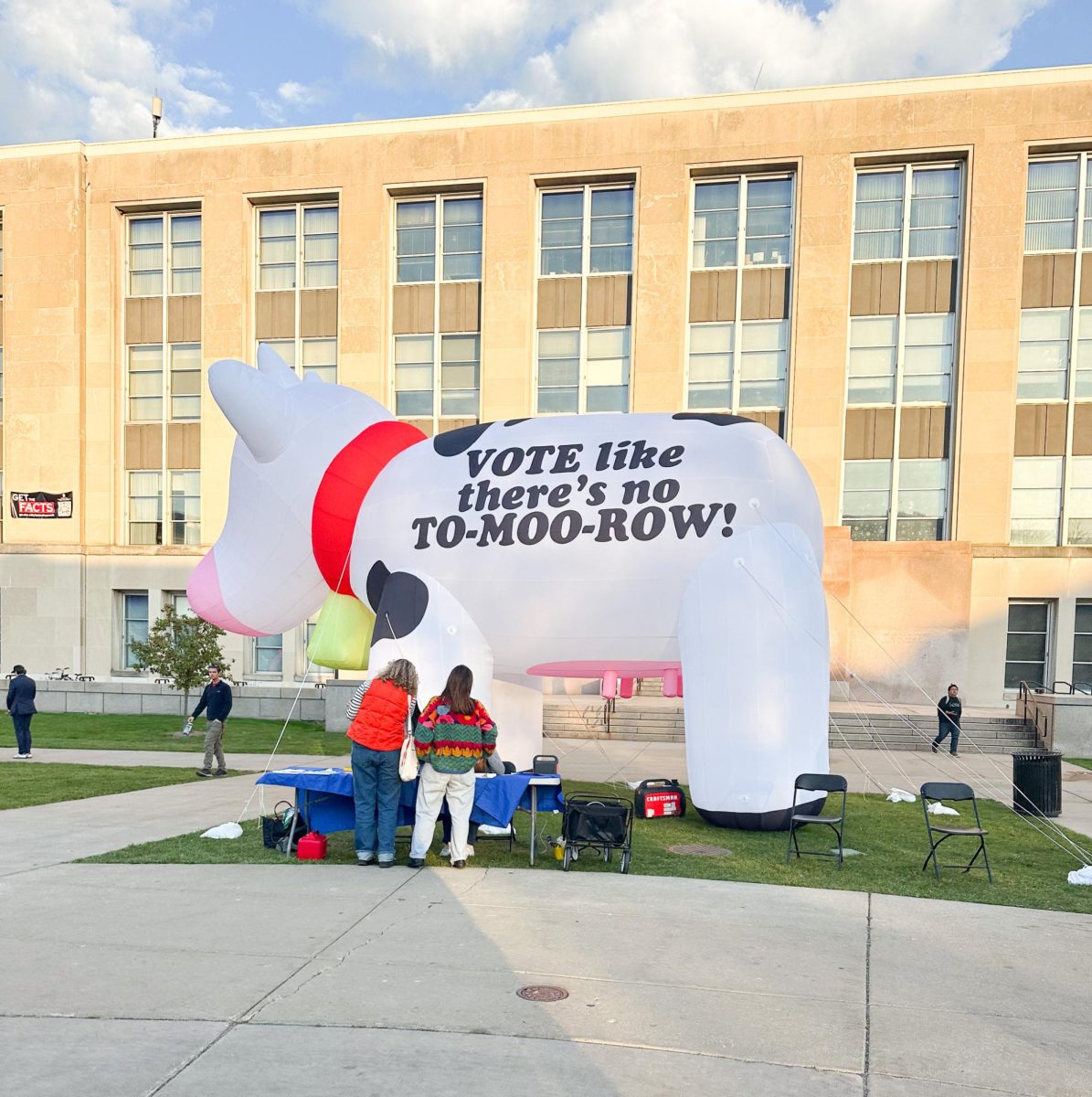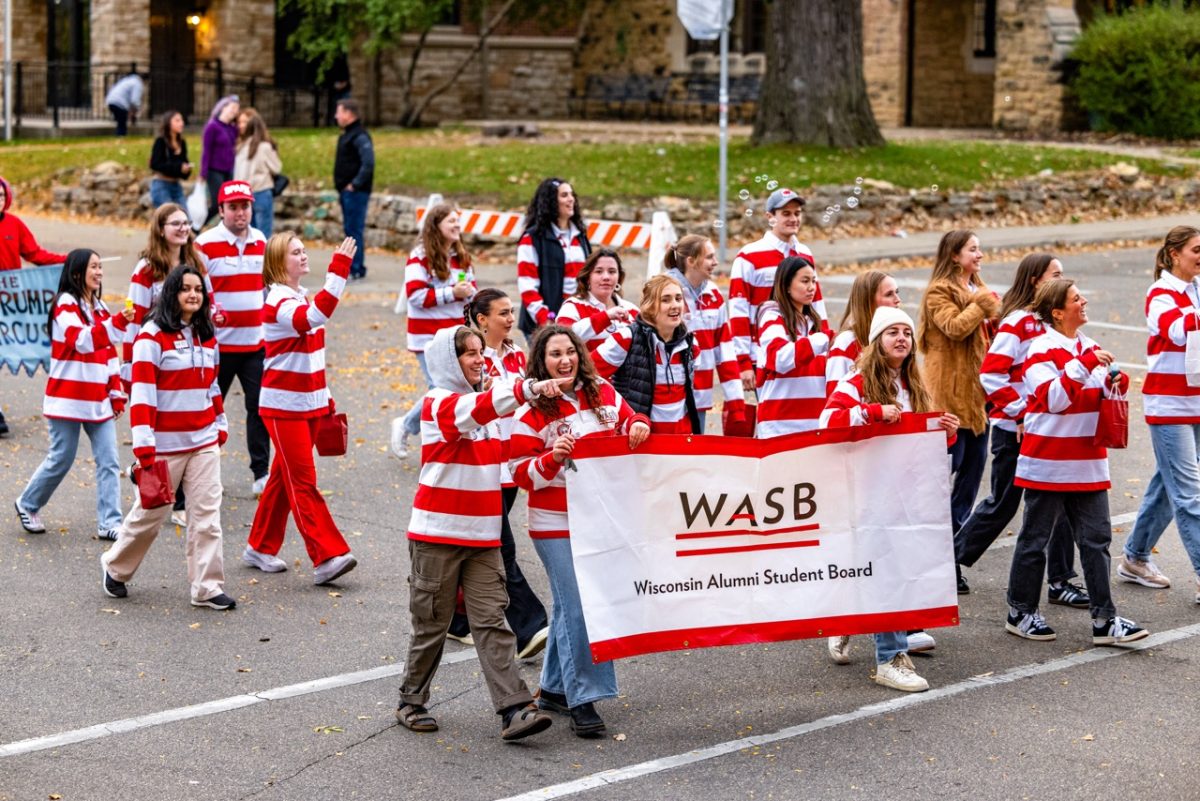As the U.S. becomes more racially diverse, K-12 classrooms are too. But, the discussions surrounding diversity in history classrooms are advancing at a much slower pace.
Often, the history taught in school leaves out important events and underrepresented communities, or paints an entirely different, whitewashed picture. Whitewashed history leaves out minority and marginalized communities, or hides the truth to make historical situations seem more palatable for white teachers to teach.
State legislators are attempting to create more diversity in the classroom by upping history requirements, but it’s ultimately up to schools to decide the future of education.
The Center for American Progress projects the majority of the U.S. population will be people of color by 2044. But unlike student diversity, teaching diversity hasn’t changed much. A 2016 report found 80% of public school teachers are white, but fewer than half of students are white, according to the Washington Post. This is because people of color are less likely to become teachers and stay in the profession.
On the flip side, researchers found students of color who have teachers of the same race or ethnicity have higher attendance, better attitudes, higher test scores and a higher chance of graduating and attending college, according to the Washington Post.
Living in denial
Students across the country may not learn about significant historical events or achievements relating to marginalized communities. For example, only 12 states have laws requiring students to learn about the Holocaust, according to The Pew Charitable Trusts.
Due to a lack of diversity in education, students may not understand those who are different from them. Countless examples exist of students performing a gesture or speaking words they don’t fully understand the historical context of. In 2016, a student placed swastikas and a picture of Adolf Hitler on a Jewish student’s door in Sellery Hall, according to The Badger Herald. The students knew each other, and it was meant to be a prank. The University of Wisconsin hosted a town hall on anti-semitism as an educational opportunity and to help heal the community.
Many students may not see themselves as being represented correctly or at all in their history classes. UW freshman Mia Lee noticed Asian history is often excluded from history courses, and said she hasn’t learned a lot about her Chinese background in the classroom.
“There’s all these different backgrounds and different immigrants and different people who came and kind of created the country together,” Lee said. “And then there’s not a lot of emphasis on that and the diversity and collaboration it took to create a lot of foundations of this country.”
Lee and UW sophomore Katie Hardie agree African-American history was taught within the context of building up America, but they didn’t learn much beyond that. For example, they both learned about slavery and the civil rights movement but didn’t receive much emphasis on items outside of that context.
Hardie realized something was missing from her high school history courses when a community leader gave a presentation on the Tulsa Race Massacre of 1921 where a white mob attacked Black citizens, and the students were apprehensive about believing it due to how “wild” it sounded.
UW professor Frank Tuerkheimer noticed the lack of diversity in education, specifically around the Holocaust. He decided to leave his career as a federal prosecutor and become a teacher in order to increase Holocaust awareness. Tuerkheimer teaches a course on the post-Holocaust prosecution of those who contributed to the death of Jewish people.
Tuerkheimer took on this course after reviewing a book on Holocaust denial, and though he reluctantly took on the task, it changed his life.
Holocaust denial is a phenomenon in which people believe the genocide of Jews did not happen or was exaggerated, according to the United States Holocaust Memorial Museum. The museum’s website explains that Holocaust denial and distortion are forms of antisemitism and prejudice against or hatred of the Jewish community.
“This book that I reviewed showed me that Holocaust denial was far more institutionalized, far more serious and far more widespread,” Tuerkheimer said. “And then when I kind of paid more attention to statistics, [it was] really discouraging. A significant percentage of people in the United States didn’t think there was a Holocaust. I was disturbed by that.”
Tuerkheimer set out to change this ideology one student at a time. Tuerkheimer taught the course in Germany before teaching in the U.S. He said students in Germany related to the subject more because many had families who had been impacted by the events, whereas students in the U.S. were disconnected from the subject, Tuerkheimer said.
With few survivors left, it becomes increasingly important to teach these subjects, and people should be aware of the horrors of history, including the Holocaust, slavery and lynching, Tuerkheimer said
“I think it’s important to understand the depths of evil,” Tuerkheimer said.
Fixing the education system
Wisconsin lawmakers are working to pass legislation to combat the lack of diversity in history courses. Rep. Jon Plumer, R-Lodi, and Rep. Lisa Subeck, D-Madison, introduced legislation requiring fifth through 12th grades to learn about the Holocaust and other genocides. Another bill will soon be introduced by Rep. LaKeshia Myers, D-Milwaukee, that would require students to learn about African-American history.
Curriculum can vary in school districts, and this legislation would create consistency in education, Subeck said.
Bills like these would prompt the Wisconsin Department of Public Instruction to create resources and guide teachers to teach these subjects, Myers said. This removes some of the burden on teachers, as they won’t have to “create the wheel” alone, Myers said.
“We want to publicize [history],” Myers said. “And we want to make sure that it’s taught in schools … because I think that makes a big difference when you are teaching students, and they understand that [African-Americans] were here, they were a part of the history of creating Wisconsin.”
Myers has a background as a history teacher and recognizes the importance of students learning about marginalized communities because they are often left out of history. As a teacher, Myers received comments from parents, specifically those from marginalized communities, about the lack of diversity in history lessons. Myers said Indigenous communities want a more specific unit reflecting their history.
Subeck said many of the historical stereotypes from the Holocaust period still exist, and that increasing awareness will begin to break them down.
“I think it’s vital that we listen to the students and faculty, particularly those of color, Indigenous people, people who may not be in the majority in some way shape or form,” Subeck said. “We [should] listen and hear their experiences and respect and honor those experiences and use that to guide us in the decisions we make.”
The future is in educator’s hands
Subeck said everyone has a role to play in promoting diversity and inclusion, and the move to virtual communication during COVID-19 created more opportunities for this because people can connect with those they couldn’t before.
State legislators don’t write the syllabus for a course, Tuerkheimer said. Educators need to find ways to implement these changes into their courses, and there isn’t a template for consistent application.
“Completing the job isn’t a legislative issue,” Tuerkheimer said. “It’s an administrative educational issue, which in the right hands, can be of great value.”
But, schools often don’t receive adequate resources to teach equitably, Plummer said.
The teacher decides the way courses are taught. Therefore, a teacher’s implicit biases can sneak into a lesson, impacting a student’s education, Lee said.
“With any teacher, there’s going to be some kind of bias in how things are taught,” Lee said. “Also just the way that students are hearing it, especially when you’re kind of impressionable as a younger kid. You’re hearing it from people who haven’t really experienced the impacts of Black history, or maybe haven’t even appreciated the full extent of Black history.”
In its own way, UW may be helping to combat this problem on the higher education level. UW offers many courses pertaining to different ethnicities and religions, including a wide range of history courses. Some courses may explore broad topics on race and ethnicity, while others focus on a specific topic.
UW is finding solutions outside of the classroom as well. The Madison Education Partnership combines the work of UW, the Wisconsin Center for Education Research and the Madison Metropolitan School District, and seeks to define and address critical issues relating to student achievement and equity.
The UW Office of Equity, Diversity, and Inclusion has three goals — increase access to education, be a leader in inclusive excellence and build the fabric of the community. OEDI develops and implements strategic initiatives to increase equity, diversity and inclusion. OEDI acknowledges and confronts implicit bias, oppression, discrimination, prejudice and inequitable systems of power and privilege. It seeks to create a more welcoming, inclusive and equity-minded environment.
The College Access Program is an example of OEDI’s work in action. It’s a three-week program designed to prepare high school students for college and education-related careers. To qualify, students must be a first-generation student, come from a low-income background or identify as a member of a racially marginalized community.
But, UW has room to grow as a leader, Plummer said. They could connect with K-12 educators, and model and encourage equitable teaching strategies.
UW sophomore Crystal Zhao said UW should perform their own research into the matter and provide resources to K-12 schools for teaching difficult topics and highlighting marginalized or underrepresented communities.
Myers said teachers need to actively utilize the bias training resources available to them.
“There are several professional development organizations and opportunities that exist for teachers, especially during the summer months, a lot of teachers do professional development, but making sure they have a conscious effort to participate in ethnic studies events that they can [use to] help guide their instruction,” Myers said.
The National Endowment For The Humanities is an organization that provides such opportunities. The program provides grants to educational institutions to fund research, facilitate original scholarship and preserve and provide cultural and educational resources. President Joe Biden’s recently approved $1.9 trillion American Rescue Plan Act of 2021 provides NEH with $135 million to assist humanities organizations and other cultural institutions affected by the pandemic.
UW’s research into history is ongoing and has the potential to make a big impact. UW’s Public History Project is a multi-year effort to uncover history and give a voice to the underrepresented. The project seeks to provide students and alumni with knowledge of campus history, including accomplishments made by marginalized communities.
Students can find ways to pave new paths as well. UW’s Associated Students of Madison recently passed legislation increasing UW’s ethnic studies requirement from three to six credits, according to The Badger Herald. ASM worked with student organizations and academic departments to create this change. It will go into effect for the class of 2026.
Zhao, an ASM member and sponsor of the legislation, said three credits isn’t enough because students often take ethnic studies courses as their easy class, but Zhao thinks students should take it more seriously. These courses are also important for students of color as well, Zhao added.
“For BIPOC students specifically, I think these classes are often missing for a long time through their K-12 education,” Zhao said.
Ethnic studies courses can provide a safe space for BIPOC students to talk about their history and experiences, Zhao said. Additionally, UW should create safe spaces to talk about race and ethnicity in places without much racial diversity, such as the UW College of Engineering and the School of Business, Zhao added.
Students need to learn about history or it will repeat itself, Tuerkheimer said. Though, in many ways, it seems history has already managed to repeat itself.
“I think a lot of similarities of how Hitler came to power can be referenced today, even some of the vitriolic language that we use to try to divide people,” Myers said. “It was anger toward Jews and other people of color that were killed during the Holocaust, and then I think you also see that now with the Hispanic population with people thinking they’re trying to steal jobs.”


